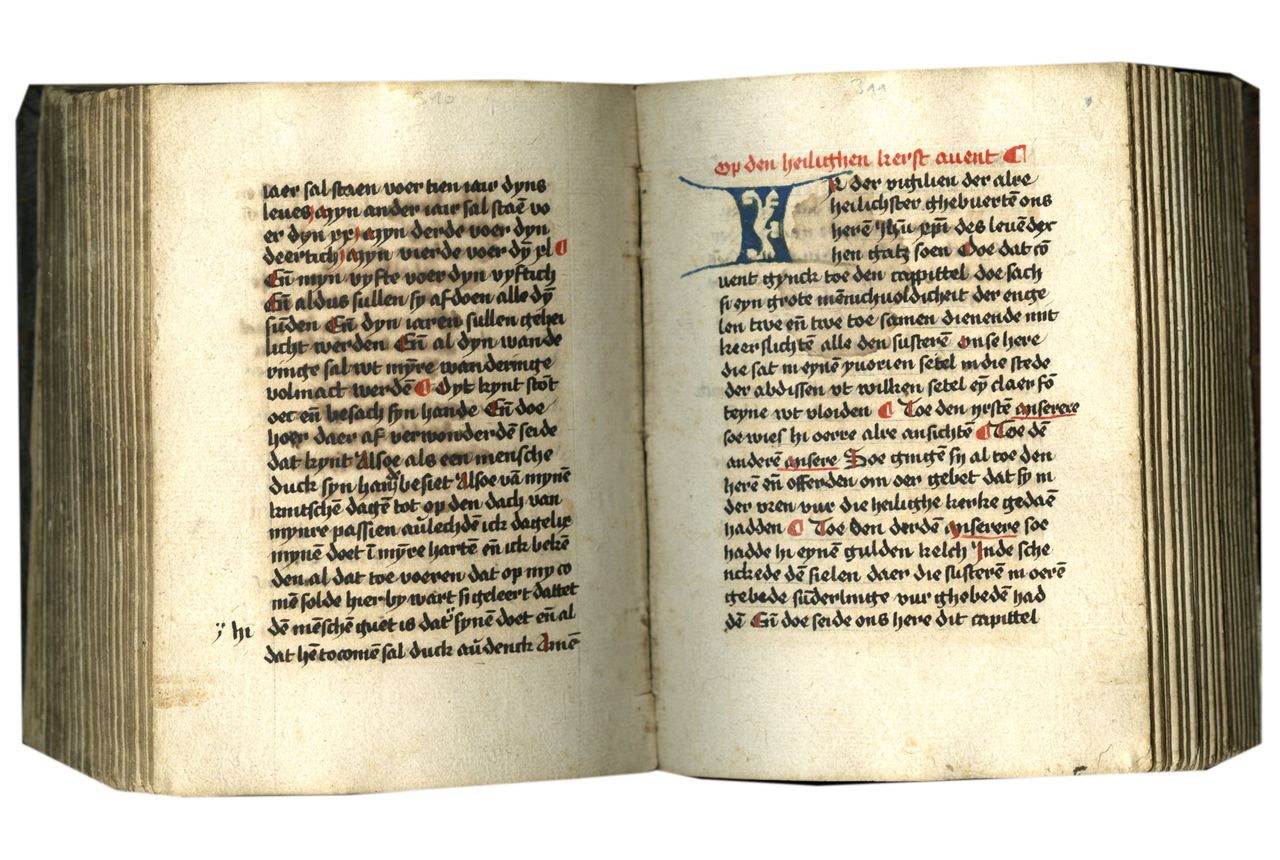

Here is a close-up of the middle of the page, at the beginning of the first chapter. It is on page 2 that Fibonacci introduces the Hindu-Arabic numeration system. The following image is the title page of Liber Abaci in volume 1, although with the spelling – Liber Abbaci.

The Boncompagni text is complete and unambiguous.” Sigler writes, “There exist a number of manuscripts of Liber abaci in Europe which were examined by Boncompagni in preparing his definitive text. In the Introduction to the English translation of Liber Abaci, L.E. The “lesser” works are Flos, Epistola ad Magistrum Theodorum (a letter to the imperial philosopher Theodorus), and Liber Quadratorum ( The Book of Squares).Īccording to the Dictionary of Scientific Biography, there are 12 surviving manuscript copies of Liber Abaci which date from the 13 th through 15 th centuries, with only three of the copies complete. Volume 1 contains Liber Abaci, while Volume 2 is titled Practica Geometriae ed Opuscoli ( Practical Geometry and Lesser Works). This 19 th-century edition by Baldassarre Boncompagni is the only complete collection of the surviving works of Fibonacci, and consists of the Latin text with no commentary. The Linda Hall Library has a two-volume set, published in 1857, called Scritti de Leonardo Pisano, which translates as The Writings of Leonardo Pisano.

He also published at least five other works. He was responsible for introducing to Europe the Hindu-Arabic numeration system that we use today when he published Liber Abaci in 1202. Fibonacci, also known as Leonardo of Pisa or Leonardo Pisano, lived around 1170 to 1250.


 0 kommentar(er)
0 kommentar(er)
